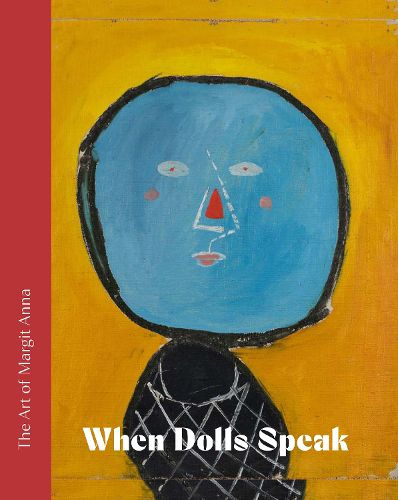Readings Newsletter
Become a Readings Member to make your shopping experience even easier.
Sign in or sign up for free!
You’re not far away from qualifying for FREE standard shipping within Australia
You’ve qualified for FREE standard shipping within Australia
The cart is loading…






As part of the series showcasing prominent figures of Hungarian art Hungarian National Gallery, Budapest is organizing a large-scale retrospective exhibition of one of the most important Hungarian painters of the twentieth century, Margit ANNA (1913 1991), a distinguished member of the art group Europai Iskola (European School).Margit Anna's painting is both sensual and ruthlessly clear-sighted. She combines elegant decorativeness with a search for the soul. Her childlike figures, painted within the European School, spoke for her and displayed suffering beyond human comprehension. In her later art, folk art and folklore appear,mourning and comedy are intertwined, and in her late paintings her puppets evoke scenes from the Old Testament with the sadness and irony of remembrance.The art group Europai Iskola (European School) aimed to connect to progressive Western European art. Their choice of name referring to Ecole de Paris indicates their French orientation. As part of their activities, the group organized a French-Hungarian exhibition in Budapest, exhibiting well-known French masters ranging from Bonnard to Picasso.
$9.00 standard shipping within Australia
FREE standard shipping within Australia for orders over $100.00
Express & International shipping calculated at checkout
As part of the series showcasing prominent figures of Hungarian art Hungarian National Gallery, Budapest is organizing a large-scale retrospective exhibition of one of the most important Hungarian painters of the twentieth century, Margit ANNA (1913 1991), a distinguished member of the art group Europai Iskola (European School).Margit Anna's painting is both sensual and ruthlessly clear-sighted. She combines elegant decorativeness with a search for the soul. Her childlike figures, painted within the European School, spoke for her and displayed suffering beyond human comprehension. In her later art, folk art and folklore appear,mourning and comedy are intertwined, and in her late paintings her puppets evoke scenes from the Old Testament with the sadness and irony of remembrance.The art group Europai Iskola (European School) aimed to connect to progressive Western European art. Their choice of name referring to Ecole de Paris indicates their French orientation. As part of their activities, the group organized a French-Hungarian exhibition in Budapest, exhibiting well-known French masters ranging from Bonnard to Picasso.